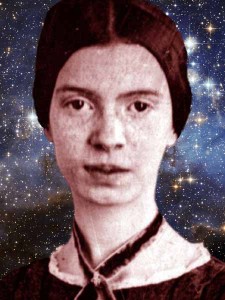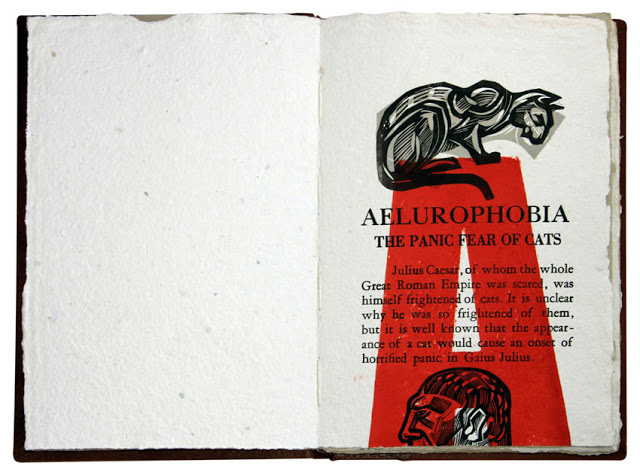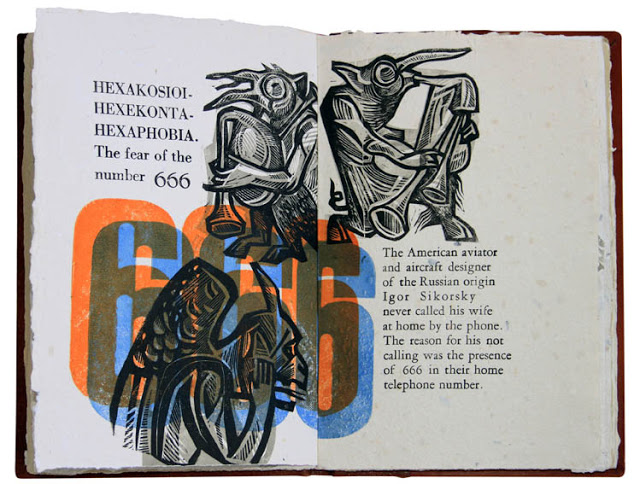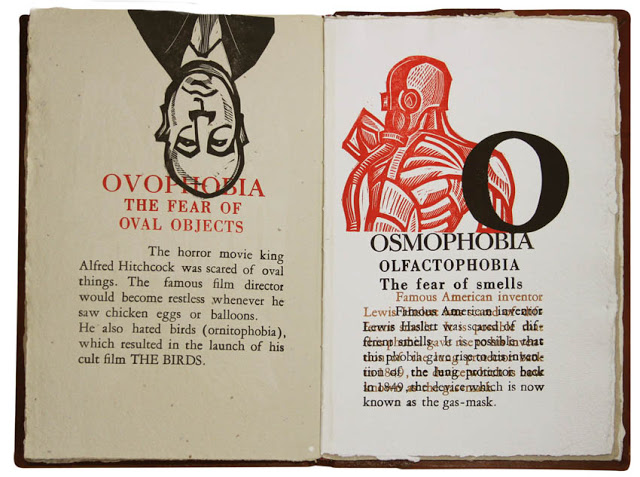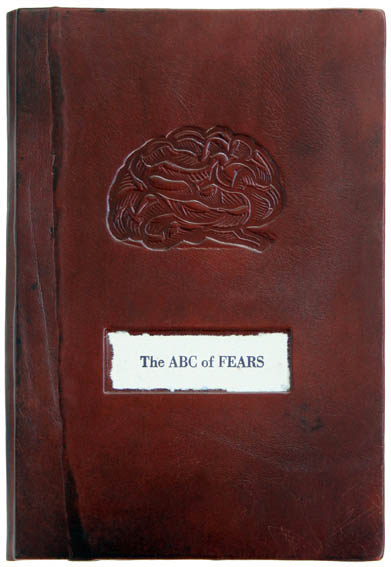Much has been written about the reclusive later years of poet Emily Dickinson. Eventually she rarely left her room, where she sat and wrote thousands of poems that didn’t see publication until years after her death.
Mood music:
https://youtu.be/bV-dWhYklqE
During a tour of her house last week, people in the group speculated on why she wouldn’t leave the house in those years. Did she suffer a mental affliction or phobia? Probably.
But whenever I look at her life, I’m struck by the fact that, despite the likelihood of mental illness, she stayed sharp, stayed creative and seemed happy.
No one will ever be able to tell us what went through her mind in those years. She shared herself in her poetry, to be sure. She wrote a lot about death, no doubt about that. One of her most famous lines was, after all, “Because I could not stop for Death — / He kindly stopped for me.”
But by most accounts, she wasn’t depressed or crazed. She didn’t live in darkness. The first thing that strikes you when seeing her room is that she had huge windows that bathe the room in light and offer spectacular views. In her day, before all the structures and foliage that’s there now, she had a view that likely stretched for miles.
She reveled in the nature right outside her windows. She wrote about adventures had by animals, birds and insects. Each blade of grass was a wilderness:
Fame is a bee.
It has a song—
It has a sting—
Ah, too, it has a wing.
I don’t profess to have any definitive answers on her state of mind. How would I know, anyway?
Reclusiveness is rarely seen as healthy. I know that if I don’t frequently see something of the world, I start to go bananas. I also know that there were times in my teens and 20s when I’d retreat to my room for long periods, and I was not in a good mental state.
But if the stuff that came off of Emily’s pen was any indication, home was all she needed.
